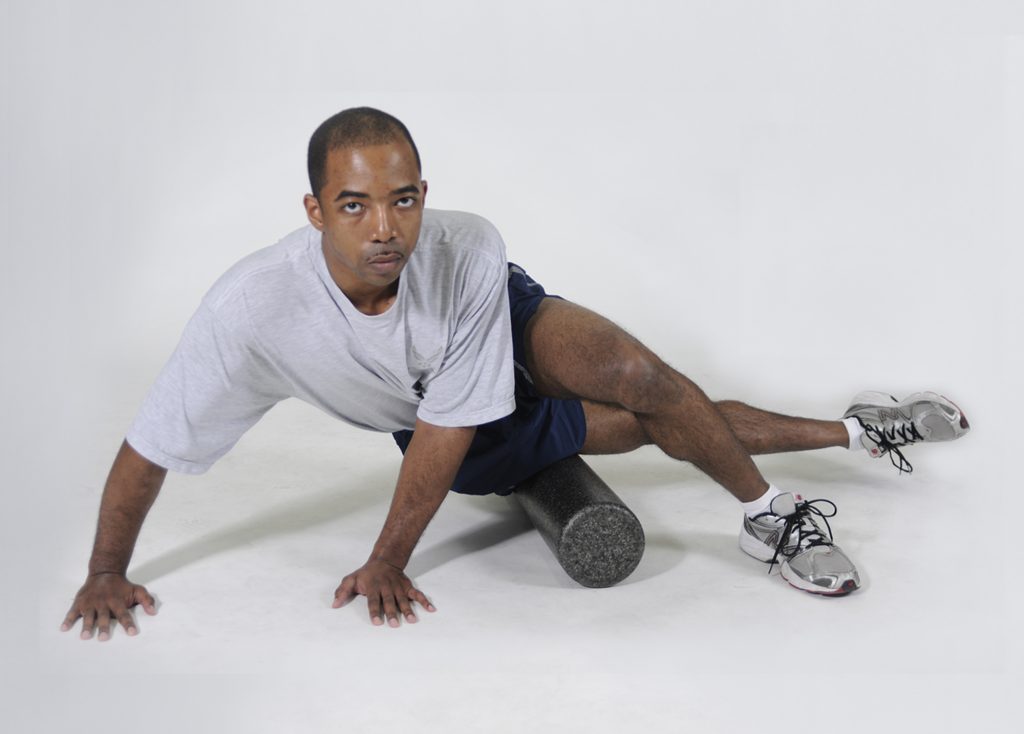Foam Rolling Increases Range of Motion without Altering Muscles’ Morphology
Foam rolling is an effective tool for improving the range of motion (ROM). Many studies have shown foam rolling could increase ROM of the hip, knee, and ankle without impairing muscular strength. Rolling of the quadriceps and hamstrings could increase ROM for knee flexion and hip flexion up to 5–12%. Nevertheless, the mechanism of this increased ROM is still unclear.
Theoretically, pressure stimulation is expected to change the morphology of the muscle and fascia (i.e., reducing thickness, adhesion, and tension). Some studies reported a 24% decrease in stiffness in the anterior thigh tissues and a 42% increase in the thoracolumbar fascia mobility after foam rolling. Thus, it was hypothesized that foam rolling may increase ROM because of changes in fascicle length and aponeurosis displacement. Robert Schleip and colleagues from Japan investigated this hypothesis in a study published in Journal of Strength and Conditioning Research.
A crossover study, involving 22 male university students, compared foam rolling on the gastrocnemius muscle with a control. The foam rolling group performed three sets of 1-minute foam rolling with a 30-second rest between each set targeting the right medial head of the gastrocnemius muscle.
The outcome measures were maximum passive ankle ROM, the morphology of the gastrocnemius muscle during passive ankle plantar flexor movement using an ultrasound. They also measured the degree of pain during foam rolling, and sensation of the triceps surae muscle via a questionnaire.
Results showed that foam rolling significantly increased ROM of both dorsiflexion and plantar flexion. However there is no observed changes in fascicle length and aponeurosis displacement.
The mean perception of pain of foam rolling was “slightly uncomfortable”, implying that foam rolling could increase ankle ROM without causing uncomfortable and excessive pain.
The authors further hypothesised that the increase in ROM maybe due to the autonomic nervous system response. Schleip reported that Ruffini bodies exist within the connective tissue which could be activated by stimulation combining tangential forces and stretch. As a result, the phenomenon led to a more parasympathetic state as well as a lowering sympathetic activity, alteration in muscle tones, tissue viscosity, and reduction of intrafascial smooth muscle cells.
Interestingly, plantar flexion and dorsiflexion ROM improved, although the foam rolling was on the triceps surae muscle, which is an agonist muscle of ankle plantarflexion. It was speculated that this effect is due to the neurological modulation, which is commonly called the crossover effects.
The authors questioned that foam rolling is commonly called self “myofascial release”, as based on the finding, the foam rolling did not alter the morphology of myofascia. Future work will need to consider the neurophysiological mechanism.
